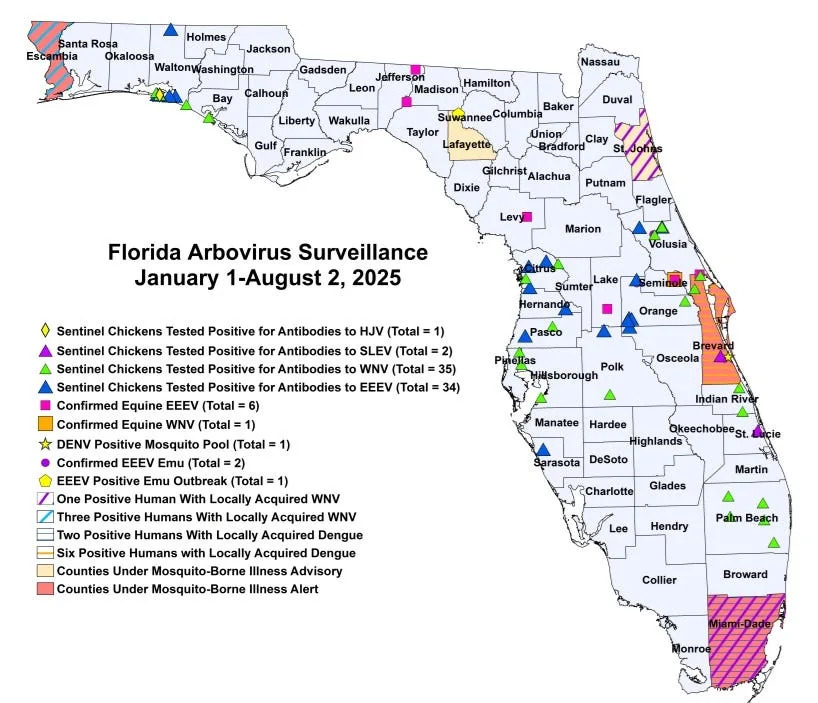
"Hearst Magazines and Yahoo may earn commission or revenue on some items through these links."
Here’s what you’ll learn when you read this story:
Researchers studying a fossil site in Ethiopia discovered 13 teeth that they believe come from a never-before-known species of Australopithecus.
The team said this reveals that Australopithecus and the oldest Homo ancestors coexisted up to 2.8 million years ago.
The find has major implications on traditional theories of evolution.
The famed Australopithecus Lucy may have a cousin. A new discovery of fossilized teeth in an Ethiopian field has researchers theorizing that they came from a new species of Australopithecus. They dated the teeth to the same period as the oldest known specimens of the genus Homo, found in the same field, upending some traditional theories of human evolution.
“This new research shows that the image many of us have in our minds of an ape to a Neanderthal to a modern human is not correct—evolution doesn’t work like that,” Kaye Reed, Arizona State University paleoecologist, said in a statement. “Here we have two hominin species that are together.”
The Ledi-Geraru Research Project—led by scientists at ASU, but encompassing an international team—continues to study the field in Africa, which is the same site that previously revealed the oldest member of the genus Homo and the earliest Oldowan stone tools ever found.
Researchers discovered 13 of the Australopithecus teeth in the field that also gave us a Homo jaw, which has been dated to 2.8 million years ago. In a new study on the find, published in the journal Nature, lead author Brian Villmoare wrote that the teeth were found in sediment dated to between 2.6 million and 2.8 million years old.
“We know what the teeth and mandible of the earliest Homo look like, but that’s it,” Villmoare wrote. “This emphasizes the critical importance of finding additional fossils to understand the differences between Australopithecus and Homo, and potentially how they were able to overlap in the fossil record at the same location.”
The team has been able to date these fossils by analyzing signs of volcanic and tectonic activity, including the presence of feldspar crystal within ash. “We can date the eruptions that were happening on the landscape when they’re deposited,” Christopher Campisano, an ASU geologist, said in a statement. “And we know that these fossils are interbed between those eruptions, so we can date units above and below the fossils. We are dating the volcanic ash of the eruptions that were happening while they were on the landscape.”
That volcanic information is important to understanding species of the time, as the landscape changed drastically with each volcanic event. The team’s next step is examining tooth enamel to understand what members of this species was eating. They can then compare their findings about this Australopithecus specimen to what is already known about early Homo species, hoping to determine just how closely linked the two were.
“Whenever you have an exciting discovery, if you’re a paleontologist, you always know that you need more information,” Reed said. “You need more fossils. More fossils will help us tell the story of what happened to our ancestors a long time ago.”
You Might Also Like






Comments